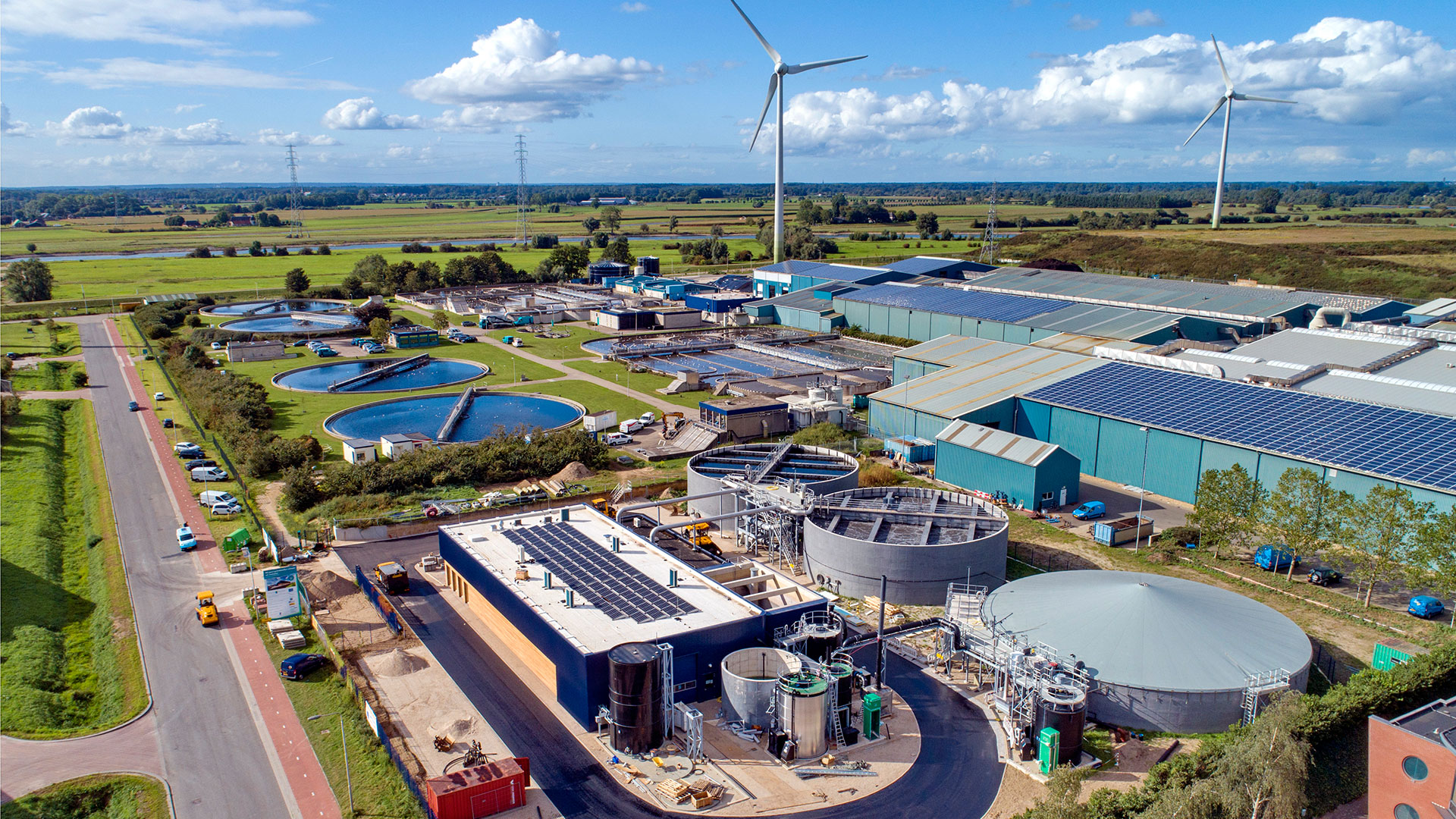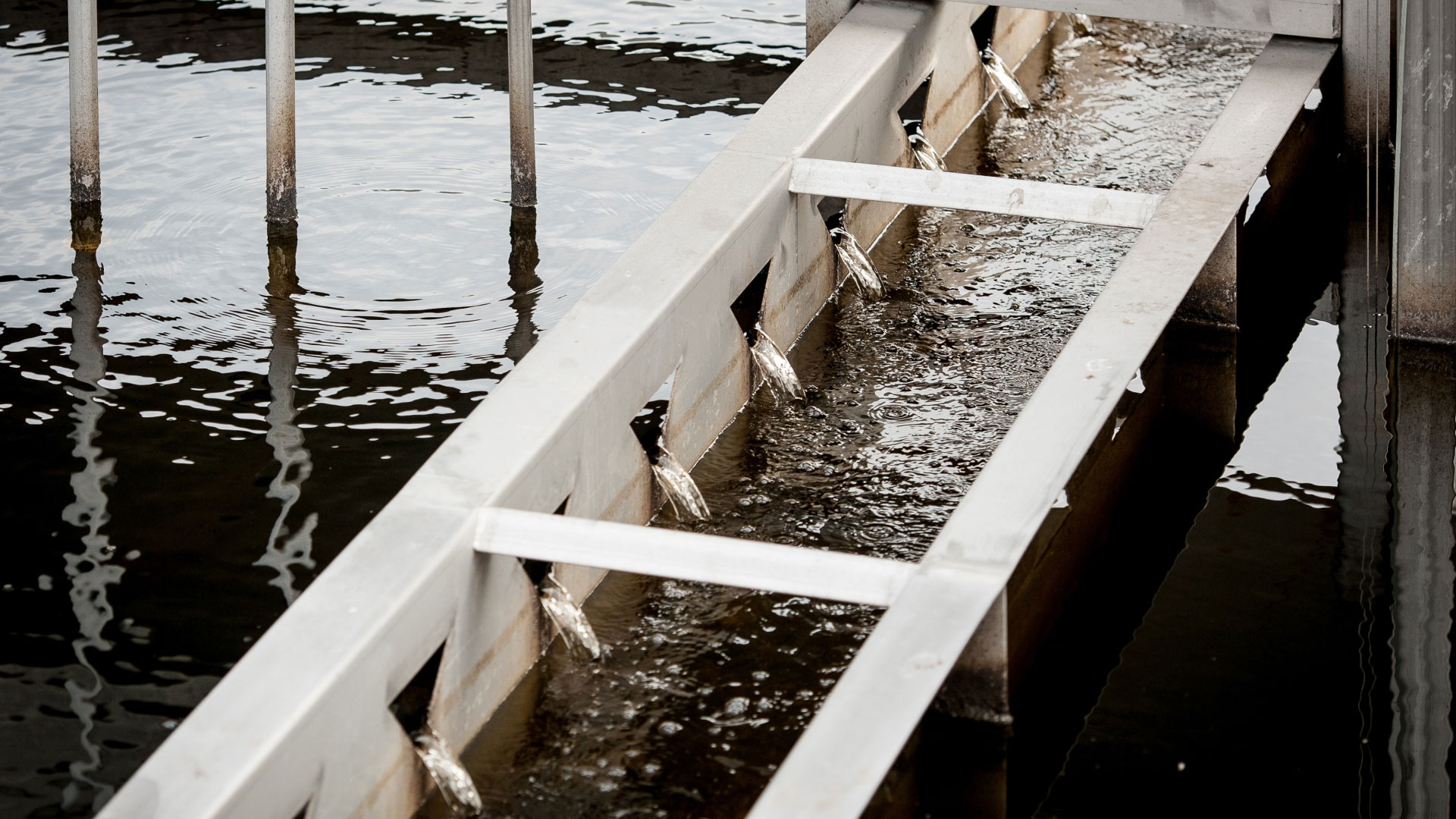Ready when you are! How Resource Maturity drives the circular economy
Wastewater engineering is not often viewed as an interesting, attractive or ground-breaking area of expertise. It is often associated with diseases and pollution. However, wastewater can also be viewed as crystal-clear water enriched with valuable resources. Author: Sjoerd Kerstens

A different wastewater management approach can make us climate resilient and will enhances biodiversity. We can make our society future proof against climate change, food insecurity and droughts through resource recovery. Moreover, by embracing a circular economy, the water industry can create measurable social value, promote greater sustainability, and enhance the public’s wellbeing. As Royal HaskoningDHV we develop innovative technologies that recover valuable phosphorus from wastewater and can produce biopolymers that make our agriculture more sustainable. So yes, technologically we are ready!
However, technological readiness is only one piece of the puzzle. Resource recovery may have different incentives. For example, we may recognize a commercial value in the resource. Also, as a society we may feel the urge to protect and recover resources (e.g. effluent reuse to preserve drought sensitive natural areas) and sometimes the government provides legislation to recover resources for strategic (long-term) reasons. So, we not only need to be technologically ready but also commercially, societally, and legally ready to have a mature resource.
However, technological readiness is only one piece of the puzzle. Resource recovery may have different incentives. For example, we may recognize a commercial value in the resource. Also, as a society we may feel the urge to protect and recover resources (e.g. effluent reuse to preserve drought sensitive natural areas) and sometimes the government provides legislation to recover resources for strategic (long-term) reasons. So, we not only need to be technologically ready but also commercially, societally, and legally ready to have a mature resource.
Get commercially, societally, and legally ready
To be commercially ready, first the competitive landscape of the defined recoverable resources needs to be analysed. Moreover, selling a resource goes beyond the capabilities of most existing water utility organisations. It requires a diverse team to define the Go-to-market strategy and establish a supply chain. This involves sales, marketing and business development skills as well as the technical knowledge.To be socially ready, the social impact of resource recovery needs to be established together with stakeholders. Who will benefit from it? What are all the positive (and potentially negative) outcomes? And how will you respond to difficult questions from consumers and beneficiaries?
Finally, we need to create the awareness that not all recovered resources can be readily sold on the market for legal readiness. An End-of-Waste status is mostly needed (a dossier that shows there is a market for a defined product and there is no negative impact for health and the environment) often followed by a REACH registration. This is paperwork, but a necessary step! Moreover, the legal entity of the formed team is important. Will your utility work alone? Or do you need to team up with a company to form a new company? And how does it affect the corporate taxes and the legal position of the water utility?
Mission impossible? Definitely not!
As Royal HaskoningDHV, we have demonstrated that this can be done with the right partnership, a well-defined product and perseverance. For example, the Kaumera biopolymer that is recovered from the Nereda aerobic granular sludge system at Zutphen plant (industrial wastewater) and Epe (municipal wastewater) is sold to an international agricultural biostimulant company. Together with our partners (Water authorities Vallei en Veluw en Rijn en IJssel, Chaincraft, TU-Delft) we are ticking all the boxes of the Resource Maturity Index. Let’s get this party started again!Got a question?
Contact our Water Technology experts!
Stay up-to-date
Would you like to stay up to date on the latest news, developments and trends from Royal HaskoningDHV on the UK water utilities market?

